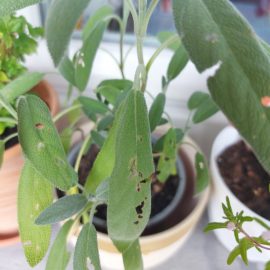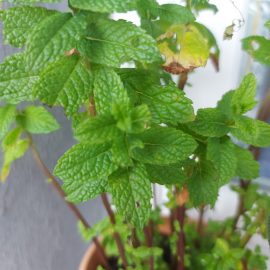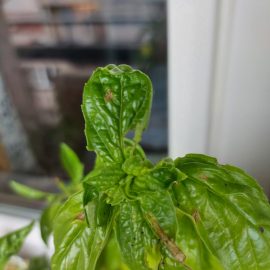The fall webworm (Hyphantria cunea) – pest management
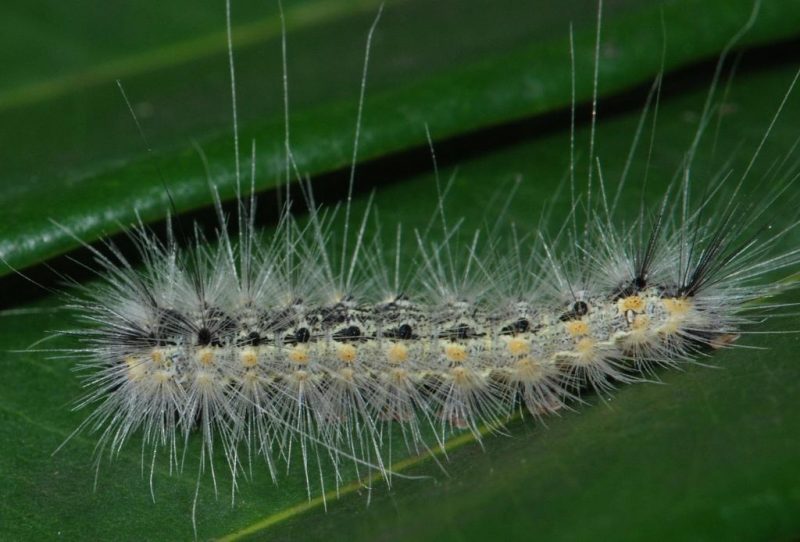
The fall webworm, Hyphantria cunea, is a species native to North America, which is now widespread all over Europe.
Description. The adult is a white butterfly, with a wingspan of 28-38 mm. The forewings can sometimes have black dots. The mature larva has a dark brown-green body, covered with numerous hairs, long and whitish. On the dorsal side, it has 2 parallel lines formed by black dots, arranged between rows of black warts. Laterally, the larva has three rows of yellow-orange warts. The length of the body at full development is 25-30 mm. The egg is yellow-green, spherical in shape, with a finely granulated surface. Initially, the pupa is yellow-green, and later it darkens in color, becoming dark brown, having a length of 8-10 mm when reaching full development.
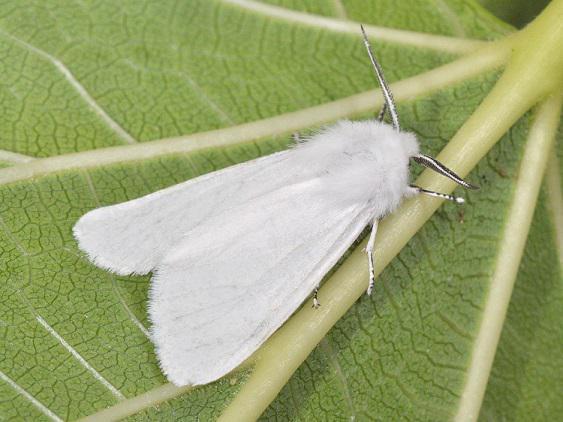
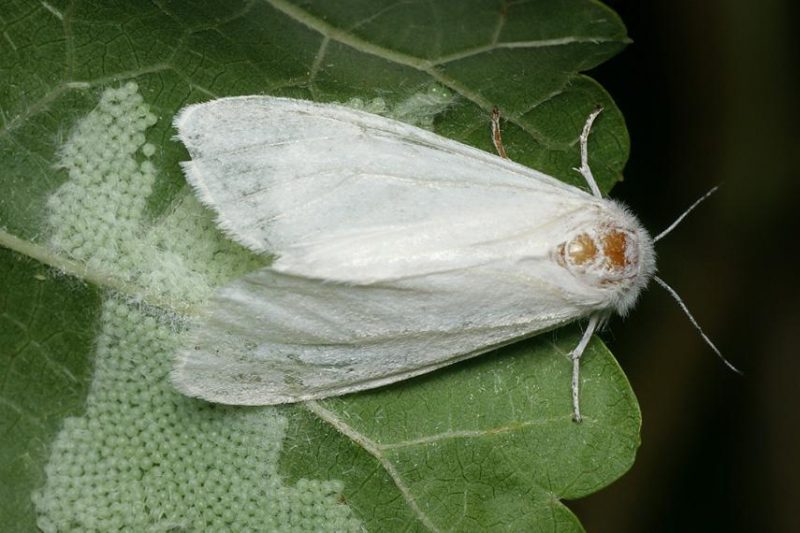
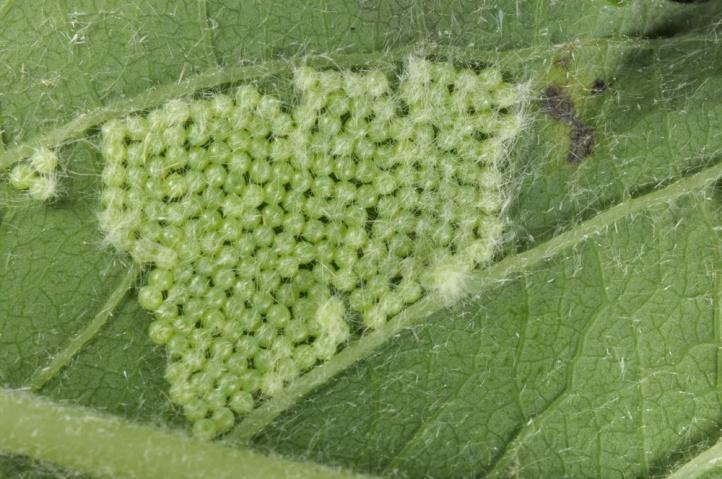
Biology and ecology
The species produces 2-3 generations per year and overwinters as a pupa in hiding places, hollows, under the trees’ bark, under fallen leaves, etc. Adults appear in April-May when the temperature is above 10º C and fly in the crown of trees in the evening and at night. They lay eggs on the underside of the leaves, 400-800 eggs in isolated trees positioned in sunny places.
The newborn larvae stay in groups and move towards the top of the shoots, which they wrap in silk threads, forming nests that expand during the development of the larvae. The larvae are fully developed in July and retreat to shelters, by forming chrysalis inside silky cocoons.
In August, a new generation of butterflies appears, and the cycle repeats itself. In the years with late autumn, a third partial generation may appear, but the larvae do not reach full development, due to the low temperatures. This also happens because of the lack of food.
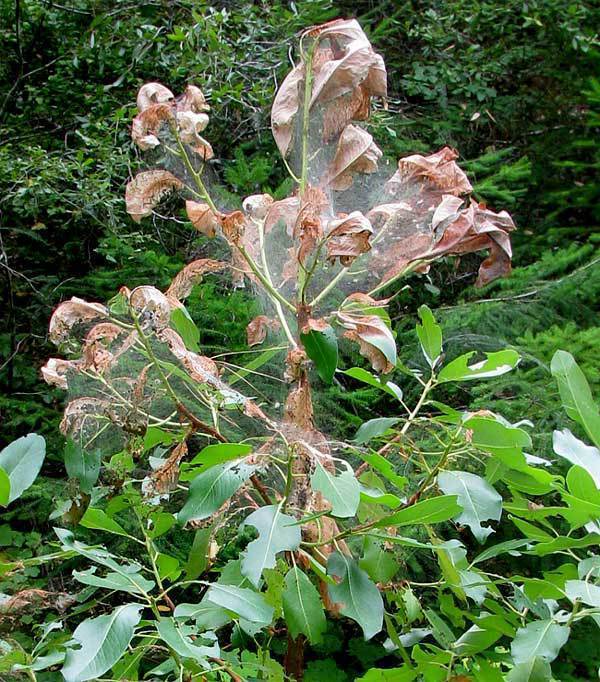
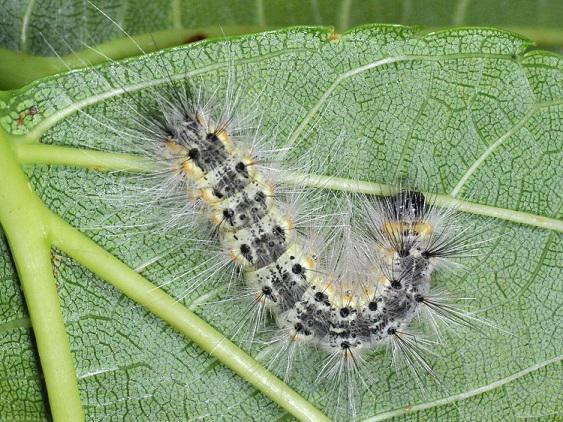
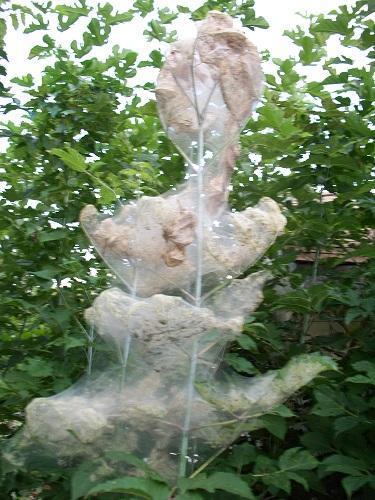
Attacked plants and damages. The fall webworm is a polyphagous species, attacking over 120 species of trees and shrubs, even grasses, and over 104 species of cultivated plants. It produces two defoliations a year, but the one in autumn, produced by the caterpillars from the second generation, is the most dangerous.
Caterpillars gnaw on the leaves they wrap with silk threads, forming nests. In the early stages, the larvae gnaw inside the nests, the epidermis, and the parenchyma of the leaf, leaving one of the epidermis intact. Later the larvae bite the entire leaf blade, leaving only the thicker veins. In the case of strong attacks, trees or plants can be completely defoliated.
Control. It is recommended to apply treatments with specific insecticides.
Recommended products
-
You can find products on a different store
Change Store -
You can find products on a different store
Change Store -
You can find products on a different store
Change Store -
You can find products on a different store
Change Store -
You can find products on a different store
Change Store -
You can find products on a different store
Change Store -
You can find products on a different store
Change Store -
You can find products on a different store
Change Store -
You can find products on a different store
Change Store -
You can find products on a different store
Change Store -
You can find products on a different store
Change Store -
You can find products on a different store
Change Store -
You can find products on a different store
Change Store -
You can find products on a different store
Change Store -
You can find products on a different store
Change Store -
You can find products on a different store
Change Store -
You can find products on a different store
Change Store -
You can find products on a different store
Change Store -
You can find products on a different store
Change Store -
You can find products on a different store
Change Store -
You can find products on a different store
Change Store -
You can find products on a different store
Change Store -
You can find products on a different store
Change Store -
You can find products on a different store
Change Store















































































































































































































































































































































































































































